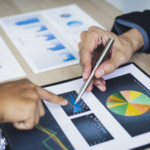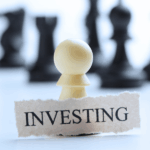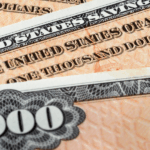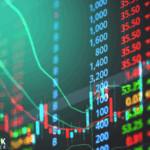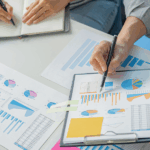Consumer spending in the United States is growing at a rate that surpasses income growth, creating a widening gap that is increasingly bridged by credit. The trend reflects both rising inflation and a heightened appetite for consumption, prompting financial concerns as households use various credit options to sustain their expenditures. Beyond conventional credit card debt, alternative payment methods like “buy now, pay later” (BNPL) plans are gaining traction, further emphasizing the reliance on borrowing to maintain lifestyle demands. These dynamics signal broader implications for financial stability and purchasing behavior across the country.
Why is the income-spending gap increasing?
According to the Bureau of Economic Analysis (BEA), personal consumption expenditures (PCE) rose by 0.7% in December 2024, marking one of the highest monthly increases over the past year. This surge in spending contrasts with a more modest 0.4% growth in personal and disposable income for the same period. Over the course of the year, disposable personal income increased by only 2.4%, while spending grew by 3.1%, indicating that consumers are spending more than they earn. Rising inflation, which hit 2.6% in December, has exacerbated the situation, making it more expensive for families to maintain the same consumption levels.
How are consumers managing the financial gap?
To cope with the disparity, many consumers are increasingly turning to credit. Recent data reveals that approximately 75% of Americans carry credit card debt, with average balances around $5,000—or up to $7,000 for financially struggling individuals living paycheck to paycheck. Among all credit users, 25% reported that their debt has increased, and this figure jumps to 34% for consumers facing financial constraints. Additionally, BNPL options are becoming a popular alternative, with over half of consumers utilizing split-payment services in the past year. Notably, 76% of BNPL users expressed satisfaction with this payment approach.
As economic conditions evolve, such reliance on credit mirrors consumer efforts to balance their financial obligations. However, it raises questions about the sustainability of household budgets, particularly as savings rates decline. The personal saving rate fell to 3.8% in December, marking its lowest level in two years, further highlighting the financial strain many are experiencing.
Past analyses reveal that the reliance on credit has been a persistent issue. Credit card balances have steadily risen over the last decade, reflecting a broader trend of consumers leaning on borrowed money to meet immediate needs. While BNPL services are a relatively recent phenomenon, their growing popularity underscores a shift in how Americans manage cash flow amid rising living costs and modest income growth.
The broader implications of these trends are multifaceted. For financial institutions, the data points to a rising demand for credit products, which could prove profitable in the short term. However, for consumers, this reliance may signal deeper financial instability, particularly if interest rates rise or if inflation continues to erode purchasing power. Economic policymakers may need to consider interventions to address the underlying gap between income and spending, either through wage growth initiatives or measures to curb inflationary pressures.
For households, understanding the risks associated with increased borrowing is critical. Consumers should balance their use of credit with strategies to build savings and reduce high-interest debt. While services like BNPL offer flexibility, they should be used judiciously to avoid long-term financial strain. Financial literacy and budget planning are essential tools for navigating these challenges in an environment of persistent economic uncertainty.


